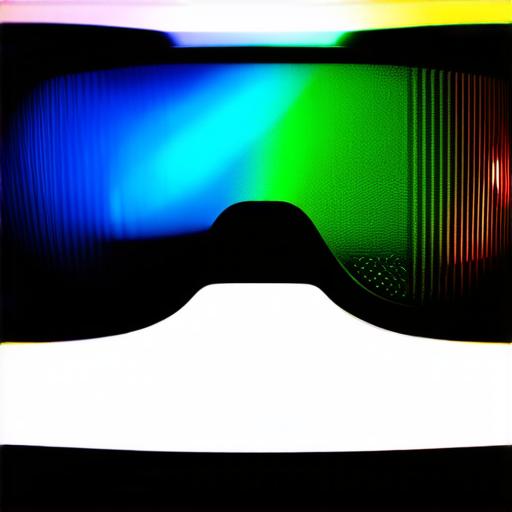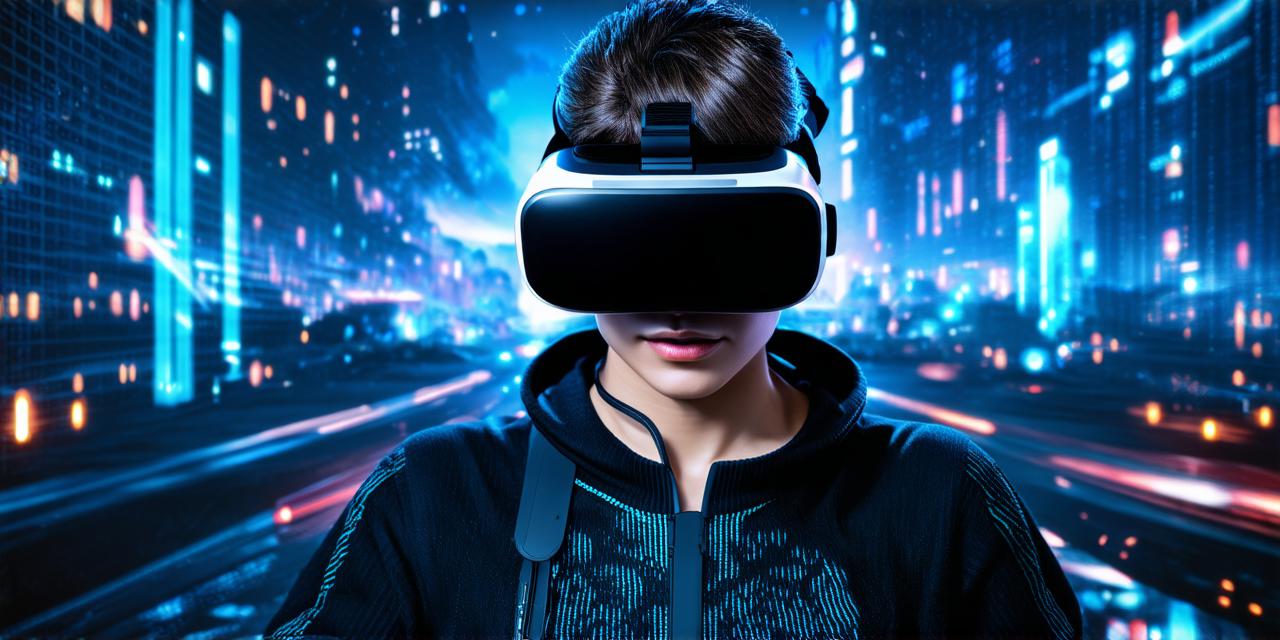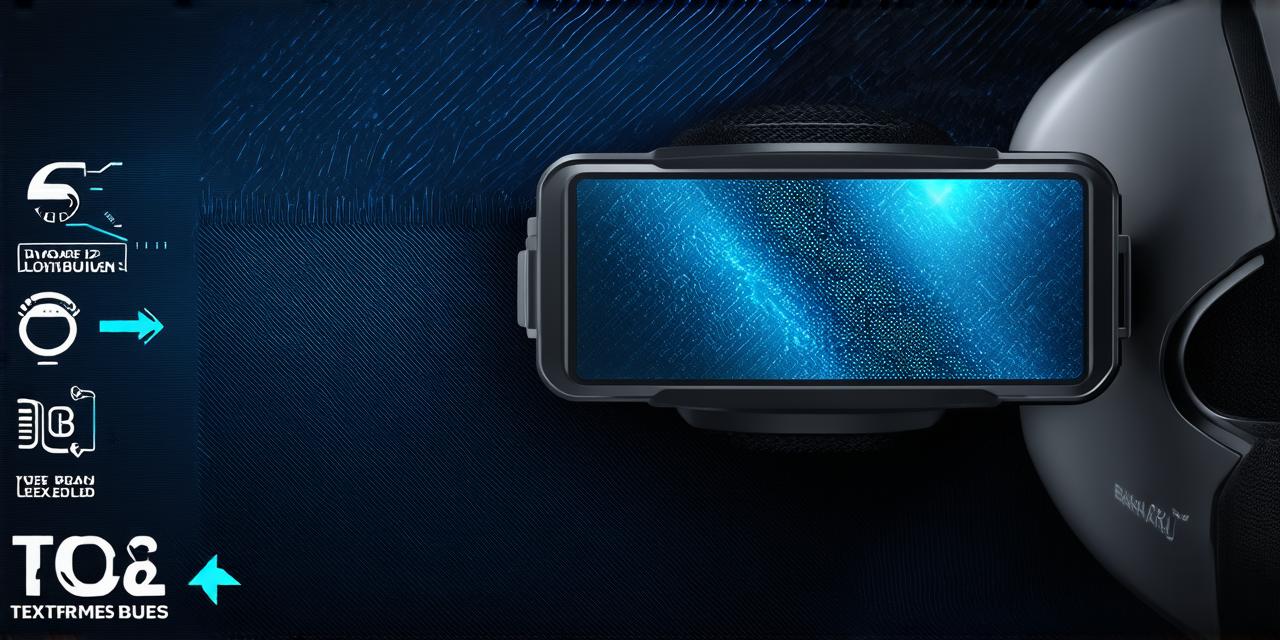In the realm of multimedia, virtual reality (VR) stands as a transformative technology that immerses users in simulated environments.
This article aims to shed light on the concept of virtual reality within the context of multimedia and its significant role in shaping modern digital experiences.
What is Virtual Reality?
Virtual Reality, in essence, is a computer-generated environment designed to replicate real-world or imagined environments. It provides an interactive experience through artificial sensory stimuli, such as sight, sound, touch, and even smell, to create a sense of presence within the simulated world.
The Role of Virtual Reality in Multimedia

1. Immersive Storytelling: VR offers a unique platform for storytellers to engage audiences in a more profound way by placing them directly into the narrative. This immersive experience can evoke stronger emotional responses and foster deeper connections with characters and stories.
2. Interactive Experiences: Traditional multimedia content is often passive, requiring users to consume content passively. VR flips this paradigm by enabling users to interact with digital environments in a more intuitive and natural way, fostering active engagement and exploration.
3. Training and Education: VR simulations can replicate real-world scenarios for training purposes, making it an ideal tool for various industries such as healthcare, military, and aviation. By providing safe, controlled environments to practice skills, VR can help reduce risks and improve learning outcomes.
4. Entertainment: The gaming industry has embraced VR as a means of delivering more immersive and engaging experiences. From first-person shooters to puzzle games, VR offers a new dimension in entertainment that transcends traditional screen-based interactions.
The Future of Virtual Reality in Multimedia
As technology continues to advance, we can expect virtual reality to play an increasingly significant role in multimedia. Potential developments include:
- Improved Hardware: Advances in hardware will lead to more powerful VR devices with higher resolutions, faster refresh rates, and better tracking capabilities, enhancing the overall user experience.
- Social Interaction: VR platforms that facilitate social interaction could revolutionize online communication by allowing users to engage in shared virtual spaces, fostering a sense of presence and connection.
- Accessibility: As VR technology becomes more affordable and accessible, it will open up new opportunities for people with disabilities or limited mobility to experience the world in ways previously unimaginable.
Summary
Virtual reality represents a significant leap forward in multimedia technology, offering immersive, interactive experiences that transcend traditional screen-based interactions. As we continue to innovate and refine this technology, the possibilities for its application in entertainment, education, training, and beyond are truly limitless.



